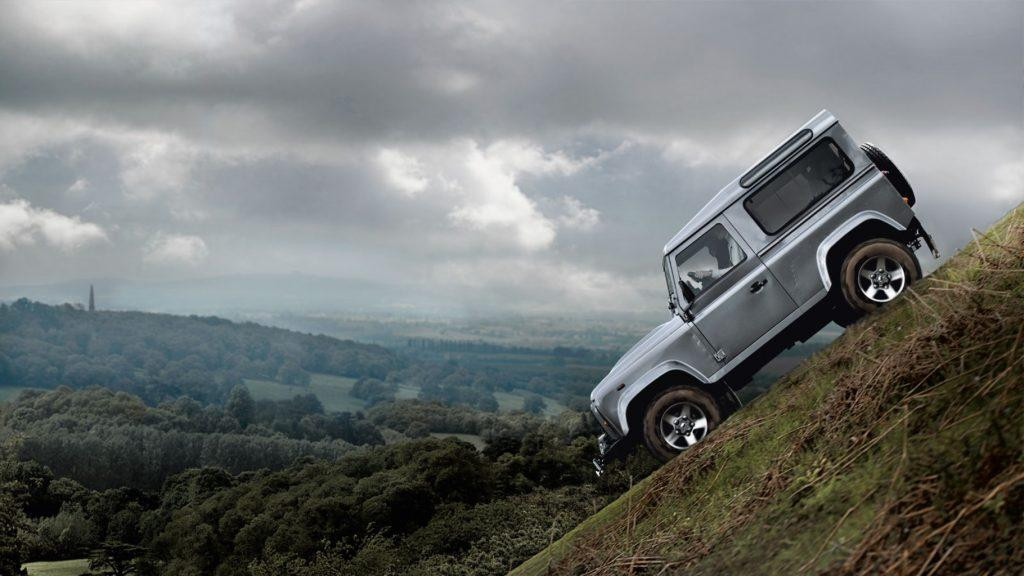Introduction
Driving downhill can be a daunting experience, especially when faced with steep gradients and unpredictable road conditions. The techniques and awareness required for safe downhill driving are crucial for maintaining control and ensuring the safety of everyone on the road. At Get Drivers Ed, we emphasize the importance of mastering these skills to help you navigate downhill routes with confidence and precision. In this guide, we’ll explore essential tips and techniques for safe downhill driving.
Understanding Driving Downhill
Driving downhill involves managing the vehicle's speed and handling on slopes, which can vary from gentle inclines to steep descents. Effective downhill driving requires knowledge of how to use your vehicle's systems to maintain control, avoid excessive speed, and reduce wear on your brakes.
Tips for Safe Driving Downhill
Maintain Speed Control: Controlling your speed is the most critical aspect of driving downhill. Here’s how to do it effectively:
Use Engine Braking: Instead of relying solely on your brakes, use engine braking by downshifting to a lower gear. This technique helps slow the vehicle naturally and reduces the risk of brake overheating.
Monitor Your Speed: Keep an eye on your speedometer and adjust your speed to match road conditions. On steep descents, slow down to a manageable speed before starting the descent.
Avoid Overusing Brakes: Constantly using your brakes can cause them to overheat and lose effectiveness. Apply brakes gently and intermittently, allowing time for them to cool between applications.
Stay Alert and Focused: Maintaining focus and awareness is crucial for navigating downhill routes safely:
Pay Attention to Road Signs: Look out for signs indicating steep grades, sharp turns, or other potential hazards. Adjust your speed and gear accordingly.
Stay Vigilant: Be aware of other vehicles, cyclists, and pedestrians. Keep a safe distance from the vehicle in front of you to allow for sudden stops or changes in speed.
Anticipate Hazards: Watch for changes in the road surface, such as gravel, potholes, or wet patches, and adjust your driving accordingly.
Use Proper Braking Techniques: Effective braking is essential for safe downhill driving:
Apply Brakes Intermittently: Use a technique called "pumping" or intermittent braking. Press the brake pedal firmly, then release, allowing the brakes to cool before reapplying.
Utilize Lower Gears: Downshift to a lower gear to use engine braking, which helps control speed without relying heavily on your brakes.
Safety Considerations
Vehicle Maintenance: Ensuring your vehicle is in optimal condition is essential before tackling downhill routes:
Check Brakes: Ensure your brakes are in good working order. Regular maintenance and inspections can prevent brake failure on long descents.
Inspect Tires: Proper tire pressure and adequate tread are crucial for maintaining traction and control.
Check Suspension: A well-maintained suspension system helps manage the vehicle's weight distribution on slopes.
Weather Conditions: Weather can significantly impact your ability to drive safely downhill:
Rain and Wet Roads: Wet conditions reduce traction, making it easier to skid. Slow down and increase your following distance to maintain control.
Snow and Ice: Icy conditions are particularly hazardous on downhill routes. Use snow chains if necessary, and drive slowly and cautiously.
Practical Advice for Drivers
Navigating downhill routes requires patience, practice, and adherence to safety guidelines. By enrolling in Get Drivers Ed’s comprehensive drivers education program, you can learn essential techniques and gain the confidence needed to handle diverse driving scenarios, including downhill descents. Our experienced instructors provide hands-on training and valuable insights into safe driving practices, ensuring you are well-prepared for any challenge on the road.
Conclusion
Mastering the art of driving downhill involves understanding the nuances of speed control, braking techniques, and vehicle dynamics. By implementing the tips and techniques outlined in this guide, you can enhance your driving skills and ensure a safe and enjoyable journey. Remember, safety is paramount on the road. Enroll in Get Drivers Ed today to equip yourself with the knowledge and skills needed for all driving challenges, including navigating downhill routes.
Call to Action
Ready to enhance your driving skills? Enroll in Get Drivers Ed’s comprehensive drivers education program and gain confidence in navigating downhill routes and beyond. Take the first step towards safe and skilled driving – enroll now and ensure you are well-prepared for all your driving adventures.
By investing in a quality drivers education program, you are setting yourself up for success on the road. A well-educated driver is a safe driver, and with Get Drivers Ed, you’re in good hands. Drive smart, drive safe, and master the skills needed for a lifetime of confident driving.

